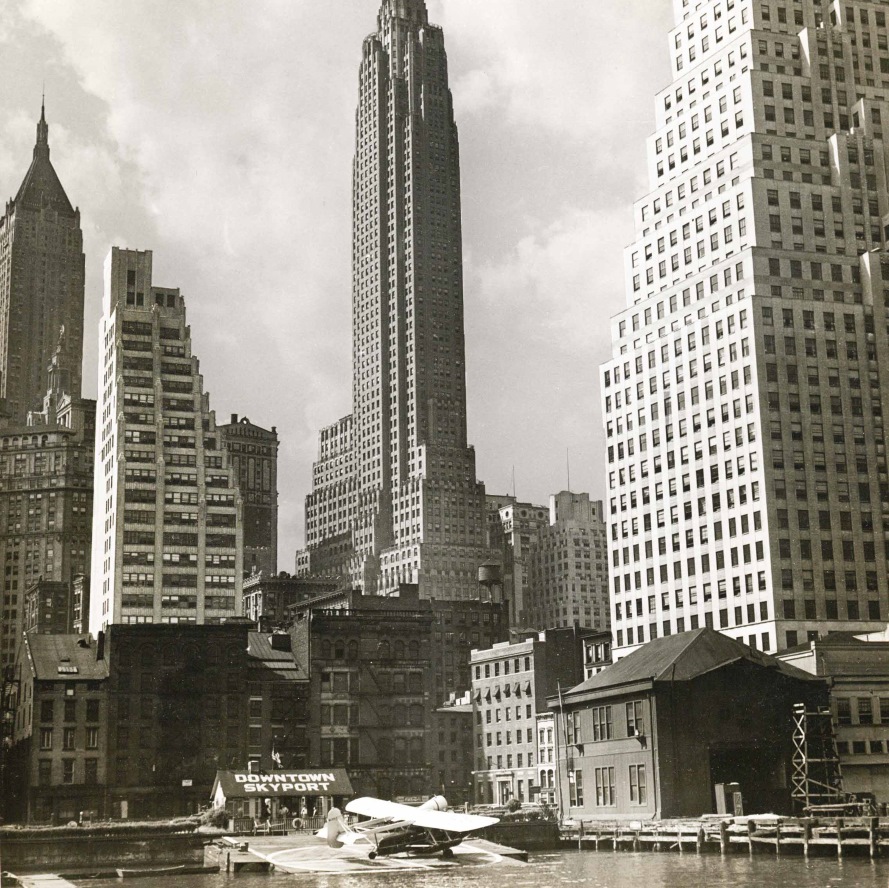Manhattan Reclaimed by Dutch Designer Piet Boon
For three decades, designer Piet Boon has been lending his bright, Modernist vision of light-filled interiors and harmonious structures to high-profile projects around the world. By adapting a strongly rooted Northern European tradition to fresh contexts, Boon leaves an unmistakable fingerprint wherever he goes. Founded in 1983, Boon’s firm designs houses, a signature line of furniture, and even entire neighborhoods like the innovative “floating district” near Almere in the Netherlands. Boon’s ideas are fresh and surprising, but his training couldn’t be more practical: Before launching his firm, he learned the fundamentals of building and design by working as a contractor.
Boon made his indelible mark on New York City in 2014 with the Huys condominium at 404 Park Avenue South in the heart of NoMad. Named for the Stadt Huys, the Dutch City Hall, the 1917 structure has been transformed into a model of thoughtful urban design for living by a dream team of Dutch talent that includes Boon, Kroonenberg Groep developers, and famed landscape designer Piet Oudolf. Like a 17th-century painting of a Dutch interior, the Huys penthouses are awash in natural light and full of details that recall another time. From 8-inch-wide oak plank floors to loft ceilings with their original beams, the design of each residence seamlessly integrates the best of Old World construction with the latest in building techniques.
The internationally admired Jane Restaurant in Antwerp is another prime example of Boon’s work. A converted church building, it features soaring, original arched ceilings and disarming neutral color selections that create an open and inviting shrine to form. Quirky stained glass panels drench the interior with natural light during the day and twinkle overhead at night, while a heavenly, star-inspired hanging chandelier provides the gravitational center. The Jane is beautifully contemporary, yet not tied to any period of time. Its tall space sings with the tactile and timeless sensations of pure nature organized around a higher purpose.
Perhaps due to his hands-on experience in the building trade, Boon has long favored traditional materials like glass, wood, metal, and concrete. These preferences as well as his unique eye and approach to design have enabled him to build an international design empire. Assisted by his wife and creative director, Karin, Boon’s work spans private residences, hotels and public spaces, and myriad product collaborations across the globe.
Boon is that rare designer who is equally comfortable in the loftiest cosmopolitan confines and untouched wilderness. He has designed a concept hotel in The Hague with trademark canopy windows and warmly elegant archways, as well as a series of luxuriously fortressed villas in Bonaire. He can bring a naturally refined aesthetic to decidedly urban spaces, and he can apply heightened concepts seamlessly into more rugged locales. His trick often seems to spring from a conversation between these two poles.
“Every design must be fine-tuned to its surroundings,” says Boon. He also notes that he prefers designs that age gracefully, a preference seen in the materials he selects as well as the classical lines that populate his work.
With the Oosten development in Williamsburg recently completed, the luxury residences at 101 Wall Street represent Boon’s latest large-scale New York project. The increasing demand for Piet Boon’s work speaks to his inviting and timeless style, especially as luxury real estate buyers gravitate toward properties that espouse natural preservation and elegant restraint.


